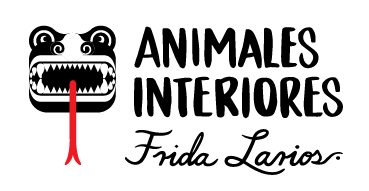The Community Buried by Erupting Volcano Children's Book, 3rd edition
$ 10.00
NEW, 3rd EDITION: The Community Buried by an Erupting Volcano
This book is special because it is narrated in three languages: Spanish (in green), English (in magenta), and an evolving pictorial Maya script. As you begin to read you will notice that some words are underlined and point to logograms. As the story progresses, the logograms begin to replace words. Guided by community knowledge keepers, these logograms are visual representations of words and concepts, a reimagination of the images created by ancestral Mayan scribes of the classical period (300 - 900 A.D.): a contemporary interpretation of the language of the hieroglyphics.
In this 3rd edition I have included a glossary in five languages, two of which are endangered: Nawat-pipil and Maya-ch’orti’. The place of excavation described in this book, is located in western El Salvador on the southern frontier of what was the Mayan empire. Today, three native communities the Pipil, the Lenca and the Cacawires call it home. These peoples, though distantly related to the Mayan people, are the inheritors of the Mayan cultural heritage preserved in the ruins of this ancestral place.
The story of the Green Child is narrated in Spanish, English, and logograms. The Spanish invasion of Mesoamerica, including what is now Kuzkatan (El Salvador), threatened to supplant the art, the letter, the language and way of being of our native communities. Today, only a tiny minority of traditional communities still communicate in their native languages, Nawat-pipil and Maya-ch’orti’. This book is a modest effort to help in their revitalization.
The Community Buried by an Erupting Volcano is the story of a Mayan community buried and preserved for 1400 years. The story is inspired by the archaeological site Joya de Cerén, declared a World Heritage Site by UNESCO, and the first son of Larios: Yax, who is the Green Child. The typographer’s second son is also part of this story, since K’al loves to eat tamales. The book, written and illustrated by Larios, opens with a prologue by archaeologist Payson Sheets, PhD, principal researcher of the site.
Larios, urban Indigenous descendant, is co-forming the International Indigenous Design Circle, and is Visual Literacy, (Adjunct) Professor at American University in Washington, DC.
"Thank you to our Iniciativa Portadores del Náhuat leader, Tajta Alex Tapas Lepa, for his immense Nawat-pipil wisdom that he shares with generosity; to Timoteo Valdez y Guillermina Valdez of Central de Organizaciones Indígenas Campesinas Ch’orti’ Nuevo Día, for their pluridiverse contribution from within the Ch’orti’ cosmovision; to my friend, Jennifer Casolo, PhD, for being a vital link and ally with the Maya-ch’orti’ Nation; to my friend and teacher, Amy West, for her collaboration in the book’s creative edition; and a very special thank you to Boquitas Diana for its invaluable and consistent support in making this publication possible for the children of El Salvador and Central America.
Dedicated to our living Pipil, Ch’orti’, Lenca and Cacawires’ communities of El Salvador and Central America; and to my great grandfather Alejandro Martínez, who was a proud founder and leader of his traditional marimba group Aires de mi Tierra (Winds of my Earth) in San Marcos, El Salvador."
Padiush, ch’ajb’e’yx, gracias, many thanks, a los colaboradores de esta tercera edición/to this 3rd edition’s collaborators:
•Historiador y lingüista/Historian and linguist: Professor Rafael Lara-Martínez, PhD.
•Geógrafa y aliada: Jennifer Casolo, PhD.
•Editora del castellano/Spanish language editor: Cecibel Romero.
•Asistente de diseño/Design assistant: Cristina Pérez.
•Impreso por/printed by Gráfica Offset Digital, San Salvador, El Salvador.































Share this item: